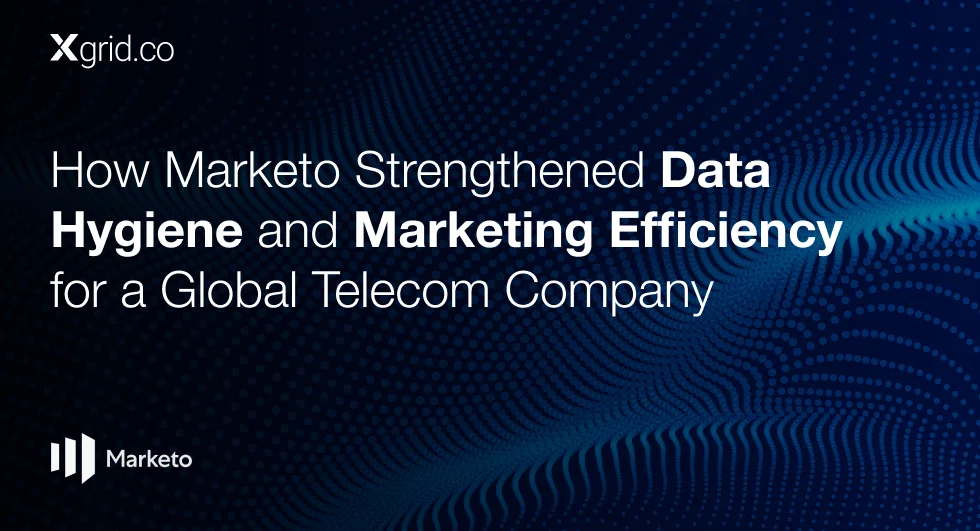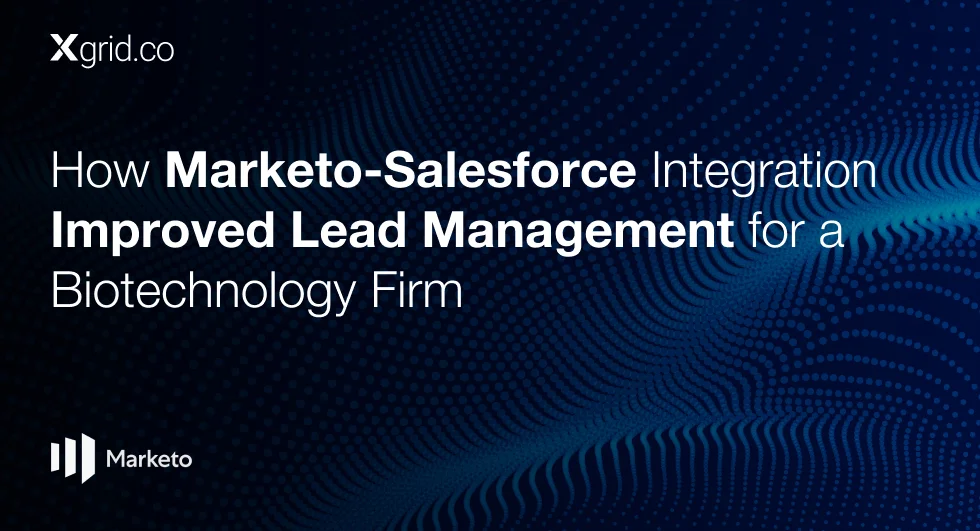The Definitive Guide to Lead Scoring In Marketo
Sifting through the masses to identify those truly ready to convert requires a strategic approach – one that transcends gut feeling and relies on data-driven insights. This is where lead scoring emerges as a crucial tool for marketing and sales success, and platforms like Marketo provide the sophisticated tools to make it happen.
Lead scoring is the process of ranking leads based on their perceived value to your business, assigning a numerical “score” that reflects their likelihood of becoming paying customers. This score is determined by analyzing a combination of explicit and implicit information, creating a comprehensive picture of each lead’s potential.
1. Explicit Scoring: Unveiling the “Who”
Explicit scoring delves into readily available data that directly tells us about the lead themselves – their professional identity. This includes:
-
- Demographics: Job title, role, level of seniority, department, years of experience – these details provide insights into whether a lead has the influence and decision-making power to drive a purchase. Marketo allows you to easily capture and standardize this data through forms and landing pages.
- Firmographics: Company size, industry, revenue, location, budget cycles – understanding a company’s profile helps determine if they align with your ideal customer profile and have the resources to invest in your solutions. Marketo can integrate with data enrichment tools to automatically append this information to your leads.
This information, gathered through various channels and enriched with additional data, helps build a foundational understanding of a lead’s potential fit.
2. Implicit Scoring: Deciphering the “What” with Marketo
While explicit scoring tells us “who” the lead is, implicit scoring reveals “what” they do. It’s about analyzing their online behavior to gauge their level of interest and engagement, and Marketo excels at tracking these interactions:
-
- Website Activity: Marketo’s Munchkin tracking code captures every page visit, allowing you to assign points based on specific pages viewed, time spent on site, and overall browsing behavior.
- Content Engagement: Marketo tracks downloads of ebooks, whitepapers, and other content assets, providing insights into a lead’s specific interests and their position in the buyer’s journey. This is more of an interest scoring in Marketo.
- Email Interactions: Marketo’s email marketing tools track opens, clicks, forwards, and other email interactions, allowing you to assign points based on engagement levels and identify highly responsive leads.
- Webinar and Event Attendance: Marketo seamlessly integrates with webinar platforms, capturing registrations, attendance, and engagement data to identify leads who are actively investing their time in learning more.
By assigning points to specific actions and engagement patterns within Marketo, you transform seemingly disparate online interactions into a clear indicator of buying intent.
3. Marketo: Your Lead Scoring Command Center
Marketo goes beyond basic lead scoring, offering advanced features that empower you to fine-tune your model and drive exceptional results:
-
- Flexible Scoring Models: Marketo allows you to create multiple scoring models tailored to different products, buyer personas, or sales processes, ensuring accuracy and relevance.
- Automated Scoring Campaigns: Trigger scoring updates based on specific actions or combinations of activities, ensuring your scores reflect real-time engagement.
- Score Degradation and Capping: Prevent inflated scores by implementing score decay, gradually decreasing points for inactive leads. Set score caps to prevent leads from exceeding a certain threshold without meeting specific criteria.
- Lead Lifecycle Management: Use Marketo’s powerful automation features to nurture leads based on their score, delivering targeted content and personalized messaging to move them through the funnel.
- Sales Insights and Reporting: Provide your sales team with real-time visibility into lead scores and engagement history, empowering them to prioritize their efforts and have more informed conversations.
4. The Power of Marketo: Real-World Results
Countless businesses have leveraged Marketo’s lead-scoring capabilities to achieve remarkable results:
-
- Increased Marketing Qualified Leads (MQLs): By accurately identifying and prioritizing sales-ready leads, businesses have seen significant increases in the number of qualified leads passed to sales.
- Shorter Sales Cycles: Focusing sales efforts on high-scoring leads has resulted in faster sales cycles, allowing businesses to close deals more quickly and efficiently.
- Improved Sales and Marketing Alignment: A shared understanding of lead scoring criteria and real-time visibility into lead engagement has fostered stronger collaboration and communication between sales and marketing teams.
5. Lead Scoring with Marketo: A Continuous Journey
Lead scoring isn’t a “set it and forget it” endeavor. It’s a dynamic process that requires ongoing attention, analysis, and refinement. Marketo provides the tools and insights you need to continuously monitor your model’s performance, identify areas for improvement, and adapt your scoring criteria to reflect the ever-changing landscape of buyer behavior.
By embracing the power of lead scoring and leveraging the sophisticated capabilities of platforms like Marketo, you can transform your lead management process, drive revenue growth, and build stronger, more aligned relationships between sales and marketing.
Downloads
Article (PDF-276 KB)MOST POPULAR INSIGHTS
- How Marketo Strengthened Data Hygiene and Marketing Efficiency for a Global Telecom Company
- How Marketo-Salesforce Integration Improved Lead Management for a Biotechnology Firm
- How a Tech Company Used Marketo to Refine ABM Strategies for Sales Engagement
- How Marketo Campaigns Were Streamlined with Templates and Tokens
- How Marketo Solidified Marketing Insights with Custom Attribution Models
Related Articles
Related Articles

Established in 2012, Xgrid has a history of delivering a wide range of intelligent and secure cloud infrastructure, user interface and user experience solutions. Our strength lies in our team and its ability to deliver end-to-end solutions using cutting edge technologies.
OFFICE ADDRESS
US Address:
Plug and Play Tech Center, 440 N Wolfe Rd, Sunnyvale, CA 94085
Pakistan Address:
Xgrid Solutions (Private) Limited, Bldg 96, GCC-11, Civic Center, Gulberg Greens, Islamabad
Xgrid Solutions (Pvt) Ltd, Daftarkhwan (One), Building #254/1, Sector G, Phase 5, DHA, Lahore




